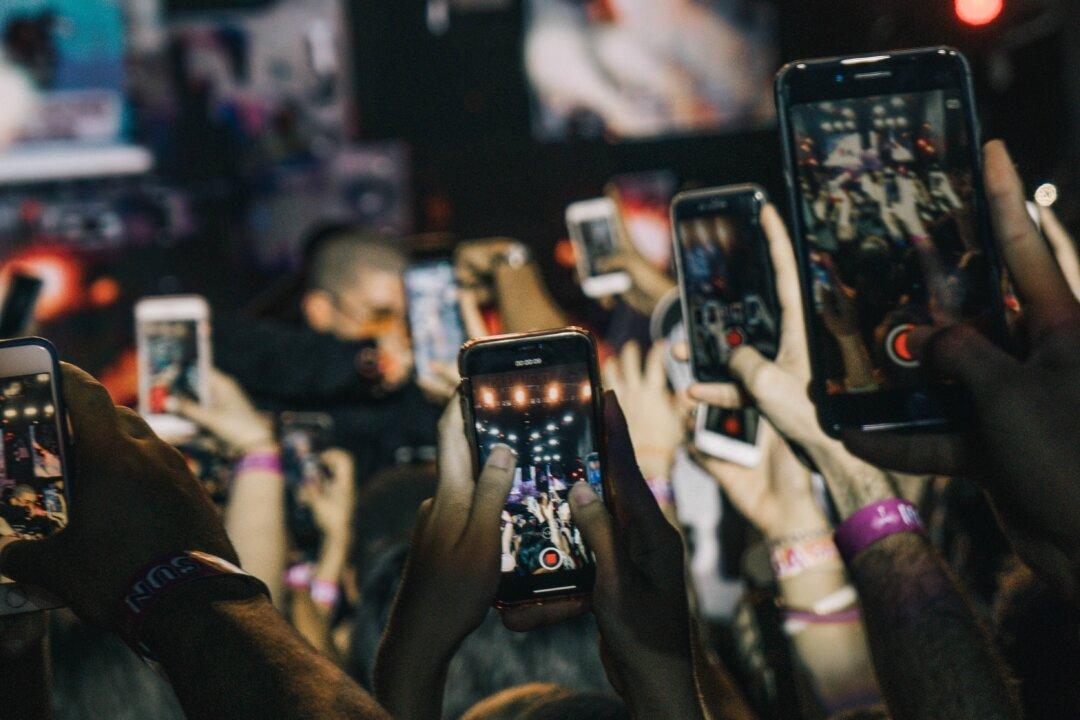In just a few years, we’ve been granted several fantastic abilities: the power to download videos, send pictures, search the internet, and talk to anyone we want from wherever we are, all from a small wireless device.
But an even more sophisticated wireless world is just over the horizon. The network needed to bring it to life is called 5G, and telecommunications companies want to install it as fast as possible.






